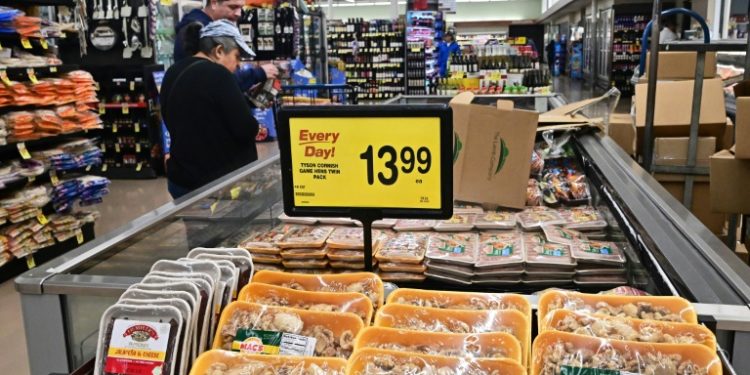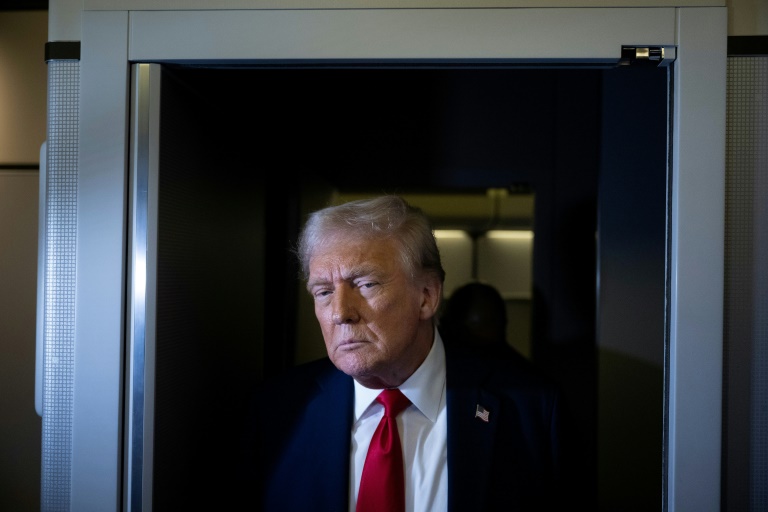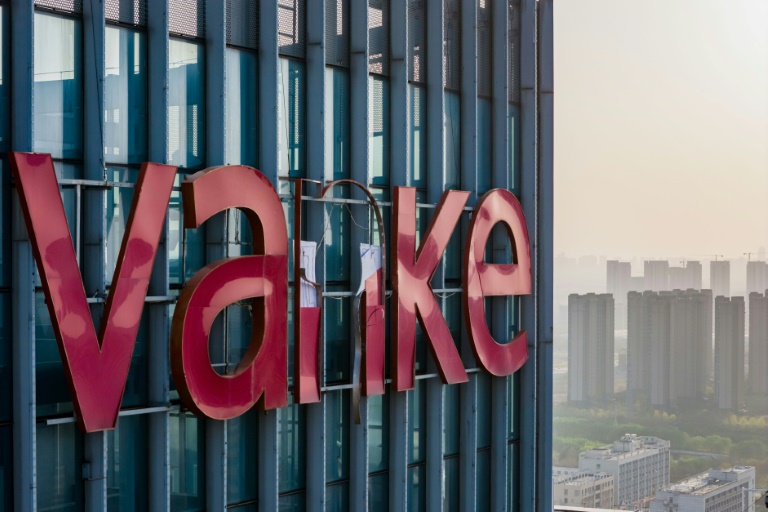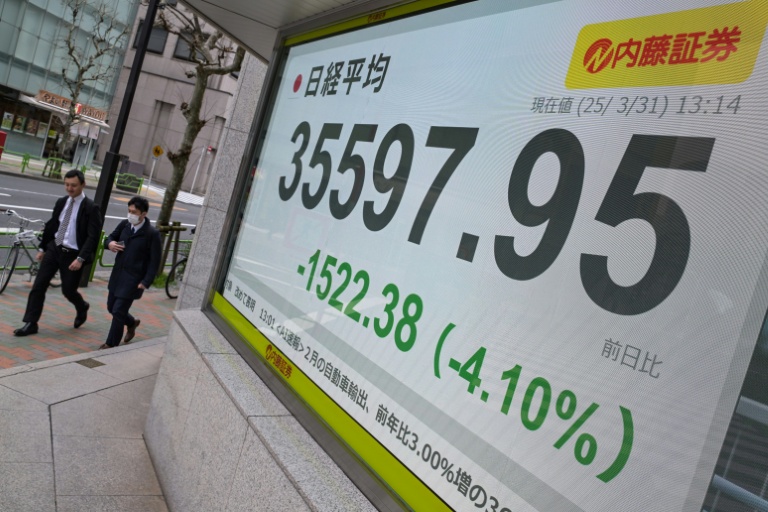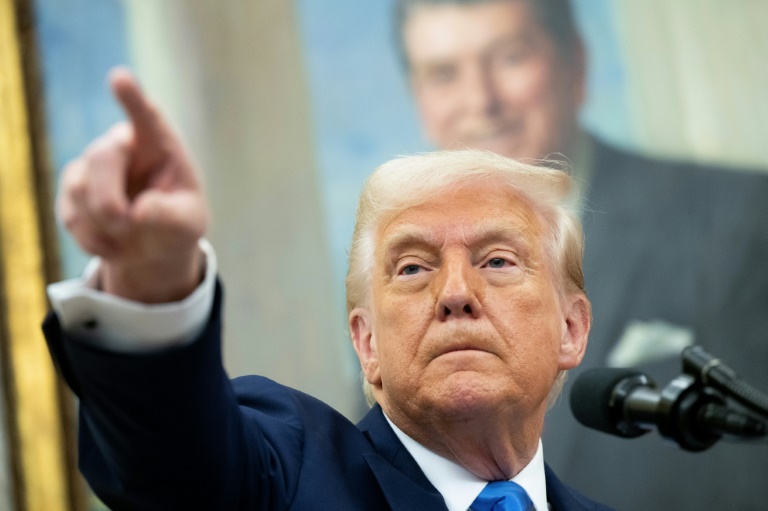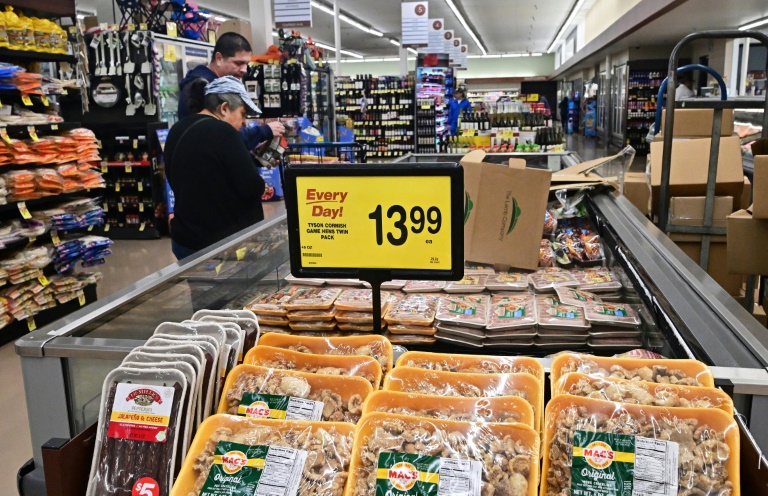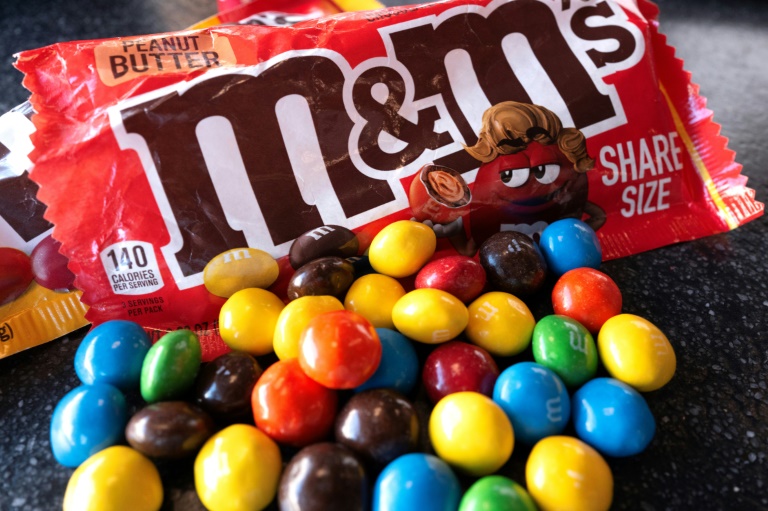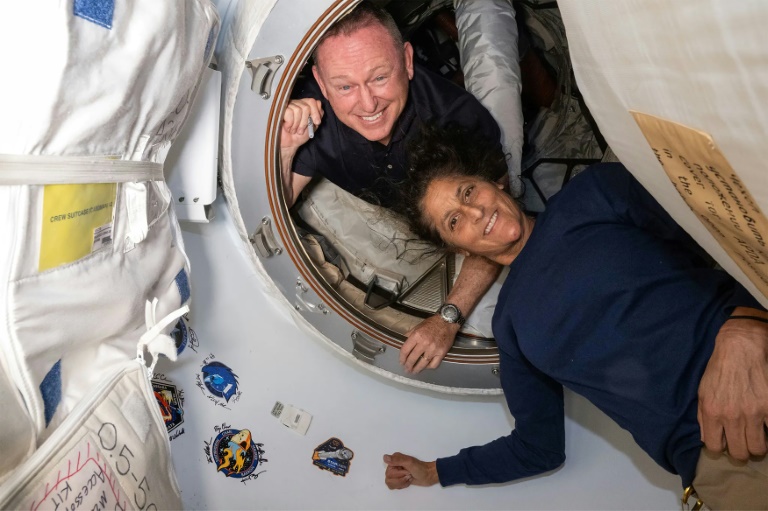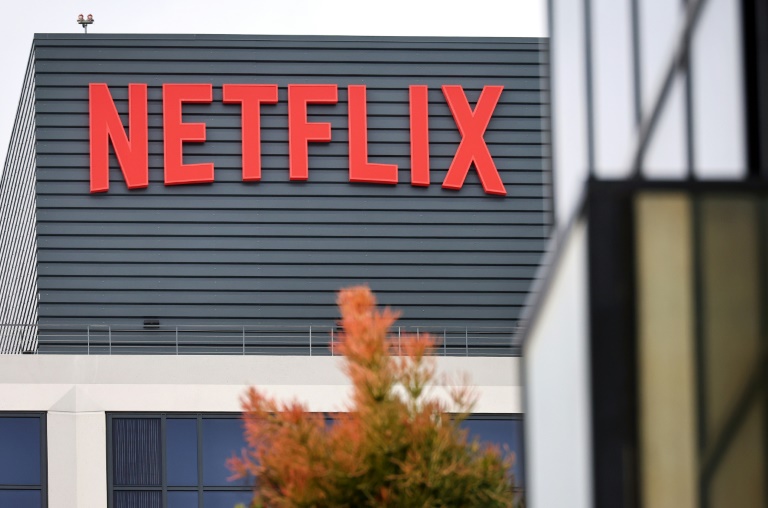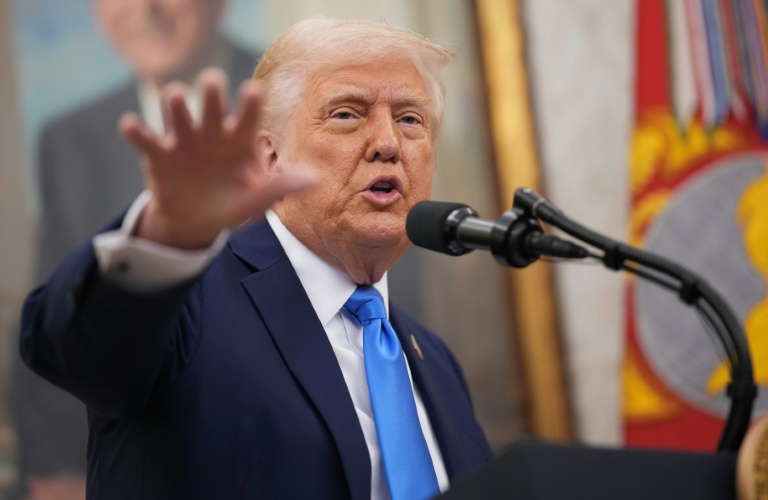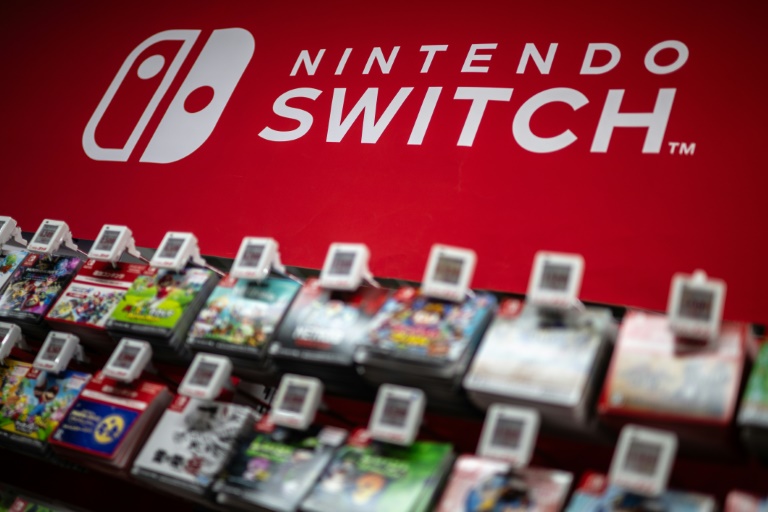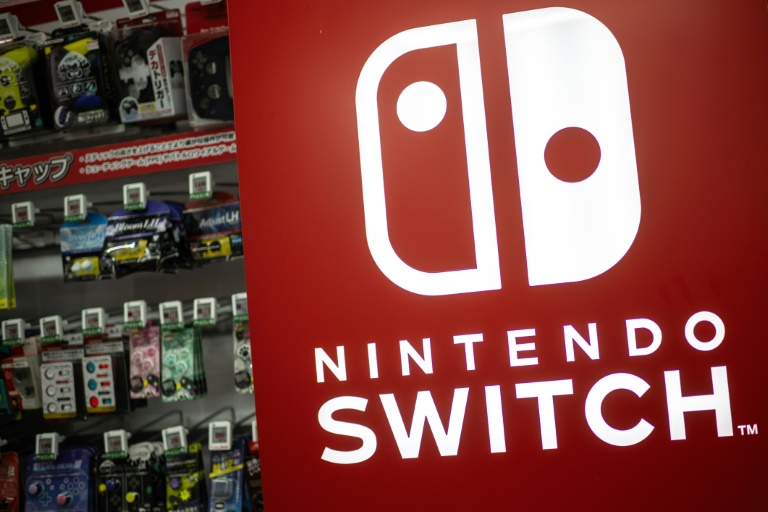Washington (AFP) – US consumer inflation eased slightly in July, according to government data published Wednesday, its smallest 12-month increase since March 2021 and a positive sign for the Federal Reserve as it weighs cutting interest rates. The consumer price index (CPI) eased to 2.9 percent last month from a year ago, down slightly from 3.0 percent in June, the Labor Department said in a statement, while a measure that strips out volatile food and energy costs cooled to an annual rate of 3.2 percent. This was slightly lower than the median forecast of economists surveyed by Dow Jones Newswires and The Wall Street Journal. The monthly inflation rate picked up by 0.2 percent after declining in June, in line with expectations.
“Today’s report shows that we continue to make progress fighting inflation and lowering costs for American households,” US President Joe Biden said in a statement. “We have more work to do to lower costs for hardworking Americans, but we are making real progress, with wages rising faster than prices for 17 months in a row,” he added. But a spokesperson for Donald Trump’s presidential campaign team took a different view of the data, seeking to blame Vice President and Democratic presidential nominee Kamala Harris for the cumulative rise in prices since Biden took office in January 2021. “Under Kamala Harris, everything costs 20 percent more than it did under President Trump,” Trump Campaign national press secretary Karoline Leavitt said in a statement. “America cannot afford another four years of Kamala’s failed economic policies.”
Almost 90 percent of the monthly increase was down to a 0.4 percent increase in shelter costs, the Labor Department said. Energy prices remained unchanged, while the index for food rose 0.2 percent. So-called “core” inflation, excluding volatile food and energy prices, also eased last month to 3.2 percent — its lowest level since April 2021. The July CPI data are good news for the US Federal Reserve as it weighs the right time to start bringing interest rates down from a 23-year high. The US central bank has been attempting to lower inflation to its long-term target of two percent without crashing the economy or causing a surge in the unemployment rate, known as a “soft landing.” After a small uptick in the Fed’s favored inflation measure earlier in the year — which is calculated slightly differently than the CPI — inflation is now easing again.
In other good news for the Fed, economic growth remains positive, and the labor market has shown signs of coming into better balance without a dramatic rise in the unemployment rate. Against this backdrop, Fed Chair Jerome Powell suggested last month that the policymakers could cut rates “as soon as” September, if the data continue to come in as expected.
“Today’s report will raise confidence within the Fed that inflation is indeed on a sustainable path towards 2%,” economists at High Frequency Economics (HFE) wrote in a note to clients. But the rise in shelter inflation remains “a thorn in the Federal Reserve’s side” as it weighs rate cuts, Oxford Economics chief US economist Ryan Sweet wrote in a note published Wednesday, adding that the rise in rents was broad-based. “Rents tend to be sticky but with the disinflation elsewhere, the Fed has the greenlight to cut interest rates by 25bps (basis points) at its September meeting,” he added.
With futures traders overwhelmingly expecting the Fed to cut interest rates in September, according to data from CME Group, the question is how big its first cut will be. Traders have assigned a probability of more than 55 percent that it will make a quarter-percentage point cut, leaving the chance of a larger, half-point cut at just under 45 percent. “July CPI keeps the Fed on track to cut rates in September but don’t hold your breath for a super-sized cut,” Sweet said.
© 2024 AFP

